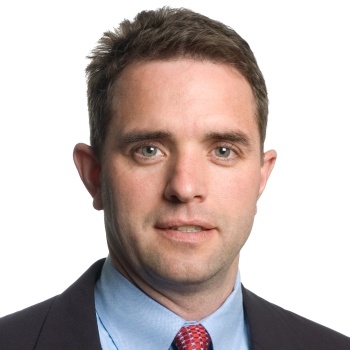What do Brad Pitt, Nate Silver, and Alex Trebek have to do with predicting and preventing workplace injuries?
Well, if you’ve been to the movies, read a book, or watched TV recently, it is likely that you’ve been exposed to predictive analytics.
- Movies – One of 2011’s most popular movies, “Moneyball,” starring Brad Pitt, told the story of how predictive analytics, called sabermetrics, were used by the Oakland A’s general manager Billy Beane, to revolutionize the evaluation of Major League Baseball players.
- Books – In “The Signal and the Noise: Why So Many Predictions Fail – but Some Don’t,” author Nate Silver outlined how he used prediction models to accurately call the outcomes of the last several U.S. presidential and Senate elections. The book hit #4 on the The New York Times Best Seller list and was named by Amazon.com as the #1 nonfiction book of 2012.
- Television – In 2011, IBM unveiled “Watson,” their latest super-computer that used advanced and predictive analytics to beat Ken Jennings and the other top human champions on Alex Trebek’s game show Jeopardy.
So how did a machine win on Jeopardy? And how did a self-described “geek” predict the outcome of the last several elections more accurately than seasoned political pundits? And how did the Oakland A’s effectively compete against their Major League Baseball rivals like the New York Yankees and Boston Red Sox who had payrolls three times their own?
Rather than rely on old, tired, and outdated conventional methods, they employed the latest technological advances – specifically advanced and predictive analytics. Companies have been using these analytics tools for years to make better decisions, improve their bottom lines, and save money. More recently, advanced and predictive analytics are also being used to keep people safe on the job.
It has been statistically proven, using four years of real-world safety data, that workplace injuries can be predicted with accuracy rates as high as 97%. It has also been proven across numerous companies, that if injuries can be predicted, they can be prevented – here are some examples:
- A Fortune 150 manufacturer reduced its lost work day rate by 97% within one year
- A Fortune 150 energy company reduced its incident rate by 67% within 18 months
- A top 20 construction company achieved significant safety improvements including 90% of worksites experiencing no lost-time incidents
- A top 5 public U.S. university saved over $20 million in insurance fees across four years of building projects
Though the adoption of advanced and predictive analytics in workplace safety is growing quickly, many have yet to embrace this proven practice. It is unconscionable to many of us that predictive analytics are being used to drive more gambling at casinos and sell more ice cream at zoos, yet their use is not yet widespread across the workplace safety function.
There is hope though. Leading safety professionals are successfully making the case for predictive analytics in workplace safety to previously skeptical stakeholders within their companies. How? With the facts – predictive analytics are proven and are becoming pervasive. To deny these facts is to be left behind.
Whether in pursuit of improved financial results, or the ability to ensure that every employee goes home safe every day, leading safety professionals are considering predictive analytics as part of a 21st century, world-class safety program.






